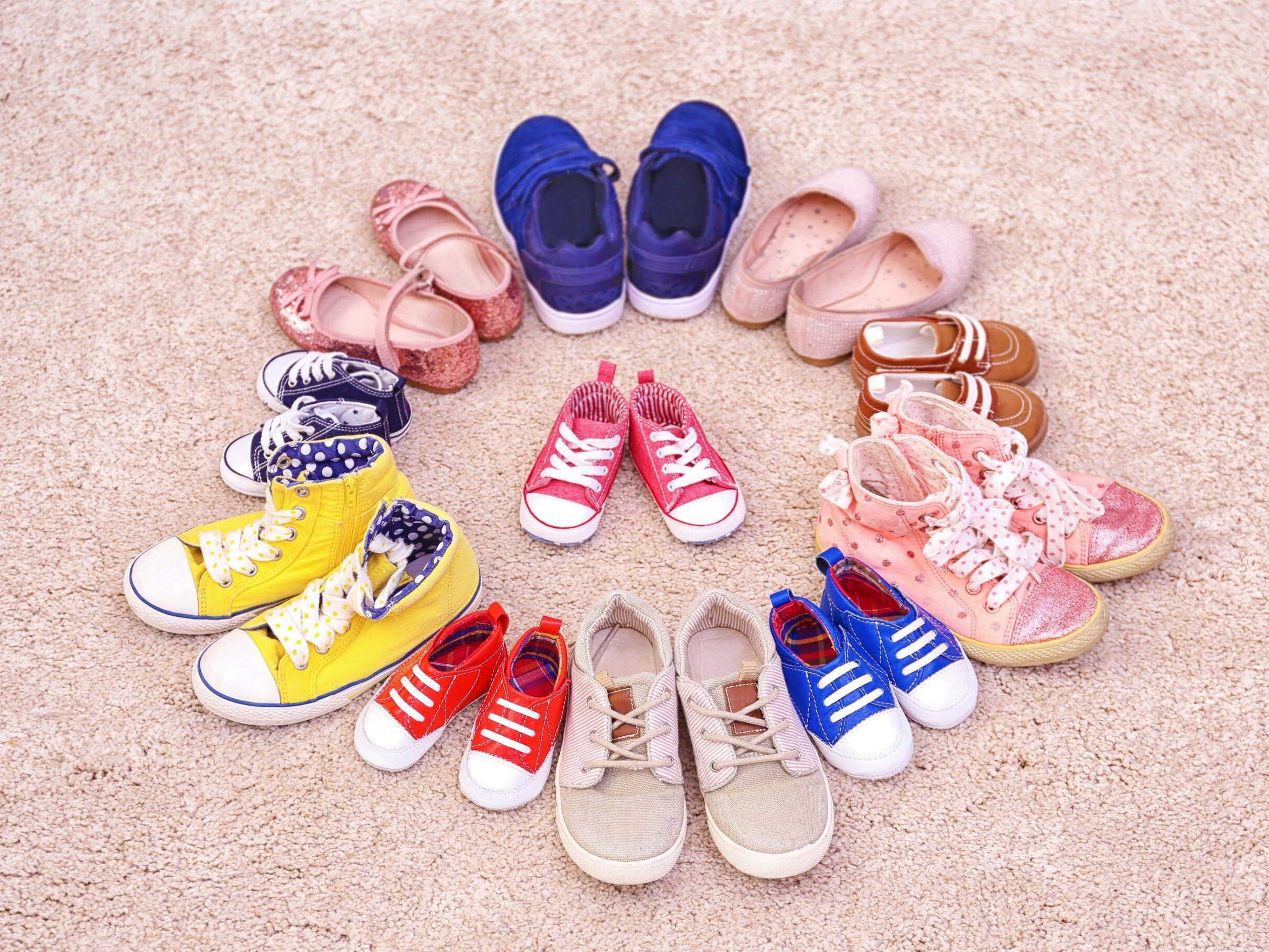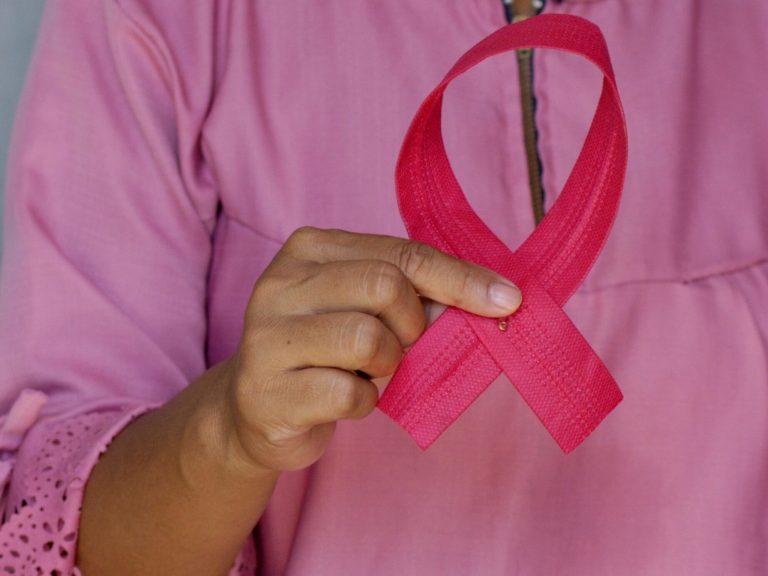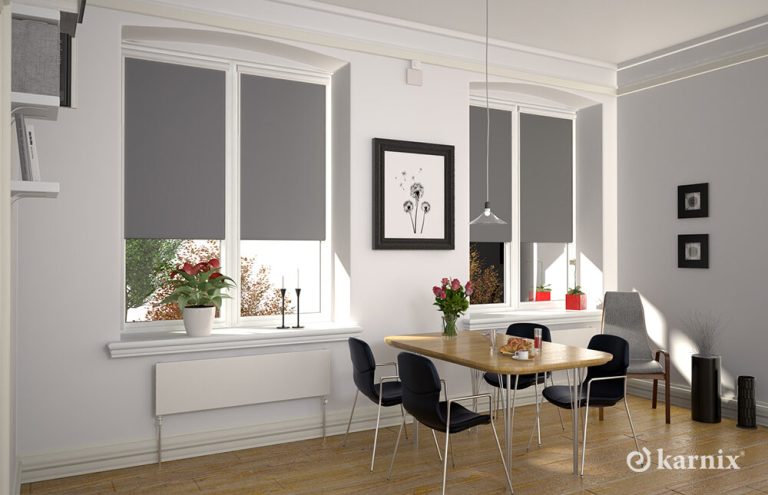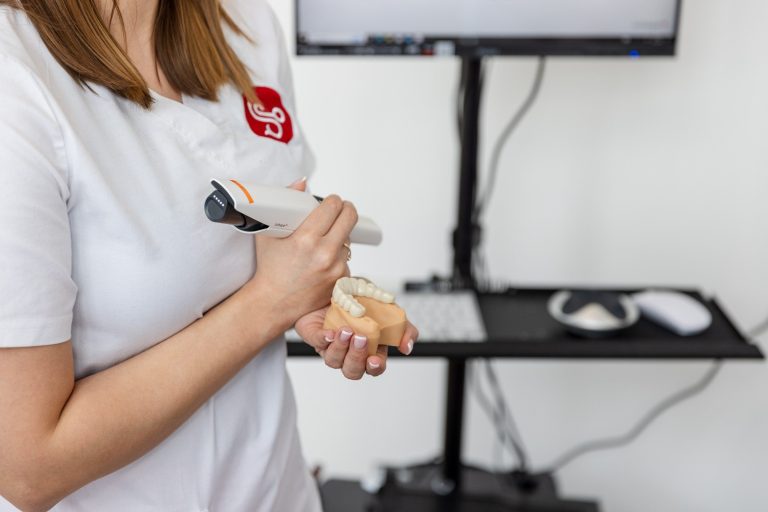How to choose shoes for children?

You know this situation? You are standing in front of a shelf with children’s shoes in a store and wondering which ones to choose.
There are plenty of models, and you don’t see the difference between one solution and another. At the same time, you want the shoes you buy to be comfortable, nice and safe. As a result, you spend many hours in the store and leave without the shoes you bought, but with great fatigue.
If this is your case, it means that you are among the majority of parents who struggle with this problem. So how do you know which ones? children’s shoes choose and how to choose the right size? We have prepared a short guide where you will learn everything about children’s footwear.
Why is high-quality footwear so important?
Why really know What features should high-quality children’s footwear have? The answer is simple. Because not every shoe model is safe and we should certainly avoid such solutions. Poorly selected shoes can cause a lot of damage. They may contribute, for example, to problems with proper walking. However, the greatest threat comes from various types of deformations, such as:
-
flat feet;
-
valgus feet;
-
crooked fingers.
AND These are just some of the less serious complications of ill-fitting footwear. You will certainly struggle with such disadvantages for a very long time. Therefore, according to the principle – prevention is better than cure – it is worth choosing high-quality footwear that will support the proper development of your child every day.
What features should children’s footwear have? We give you a hint
Purchasing shoes for a child seems very simple. However, if we want the shoes to have the correct construction, we need to spend some time looking for the right pair. What should you pay attention to when standing in front of a shelf in a store and looking at shoes? Check first of all:
-
weight;
-
flexibility;
-
materials;
-
heel;
-
tip.
These are the elements you need to pay special attention to when buying children’s shoes. All of them are of great importance for proper development.
Shoe weight – how much should high-quality children’s shoes weigh?
Is there a range for how much children’s shoes should weigh? NO. However, each pair you pick up should not weigh you down. Footwear for children must be light. And this applies to both summer and winter footwear. Only shoes that weigh little will allow your child to take steps freely.
Thanks to this, the baby will not shuffle his feet on the ground and will learn to walk properly from the very beginning. The weight of the shoes also affects the comfort of wearing. Children’s feet will not get tired quickly, so spending many hours in shoes should not be a problem.
Flexible or stiff? What should children’s footwear be like?
Have you ever bought shoes that barely flexed? Do you remember how much effort it took to even take a step? It certainly wasn’t easy. Now imagine that such shoes are to be worn by your child who is just learning to walk.
Certainly, going for walks or playing on the playground would no longer be as pleasant, and perhaps every attempt to put on shoes would end in tears. Which is why children’s shoes should be flexible. The sole should bend easily and the toe box should bend easily as well. Thanks to flexible footwear, your child will have adequate freedom of movement.
Materials – what to pay attention to?
Of course, the comfort of wearing a given pair of shoes is also influenced by the materials it is made of. Little children’s feet sweat quickly, that’s why these must be solutions that wick away moisture well and do not cause excessive overheating of the feet.
The best solution will be natural leather. However, a breathable fabric will also work. Remember to also check the inside of the shoe when choosing it. The materials inside the shoes should also be pleasant to the child’s delicate skin, and the insole must be soft and made of natural material.
Heel – an important structural element of children’s shoes
Children up to eight years of age should have a closed and stiff heel. Why? Because children’s feet are very susceptible to deformation. Even a slight curvature while walking can cause defects. The child may also get used to placing his feet in the wrong way, which will be difficult to change later in life. All children’s shoes, including sandals, should have a closed heel.
Shoe toes – check if they are wide
Narrow toes in children’s shoes are very problematic. First of all, such footwear is very uncomfortable for children because the toes are squeezed and each step causes great discomfort. But Shoe toes that are too narrow may also cause painful abrasions or blisters. Therefore, before buying shoes, it is worth checking whether their toes are slightly raised and whether the toes have enough space.
How to choose shoes for a child? Make sure you get the right size
Another very important thing is choosing the right size. It is true that children’s feet grow very quickly and many parents think about buying larger shoes that will last longer. However, this is not a good idea. Shoes that are too big can cause a lot of problems for a child who is still unsteady on his steps.
The child will often stumble and may get injured. It may also, and this is a much more health-threatening situation, learn to take steps in the wrong way. As a result, his gait will look bad, and changing shoes to the right size may no longer help.
How to choose the size of children’s shoes? Don’t buy shoes that are too big, but also don’t choose a model that fits your foot perfectly. The baby should have room for natural front-back movement, so the best solution is to choose a size 0.5-0.7 cm larger. Such footwear will certainly be comfortable and will not cause foot or posture defects.
Summary
Choosing the right footwear for children is not easy. First of all, you need to make sure your shoes are safe. How to do it and what to pay attention to when purchasing? There are several elements in the design of the shoe that should be taken into account. High-quality footwear includes, among others: low weight of footwear, flexibility, natural materials, stiff heel and wide toes.
All these elements together create safe footwear that will support your child’s development every day. Also remember to choose the right size. Choose a model that is 0.5-0.7 cm larger than the child’s foot. If you follow the above advice, you will certainly make the right choice.






